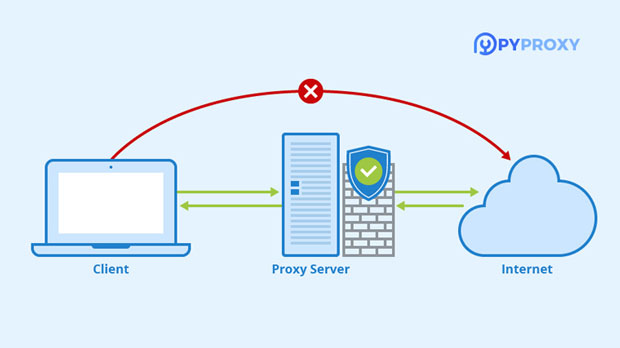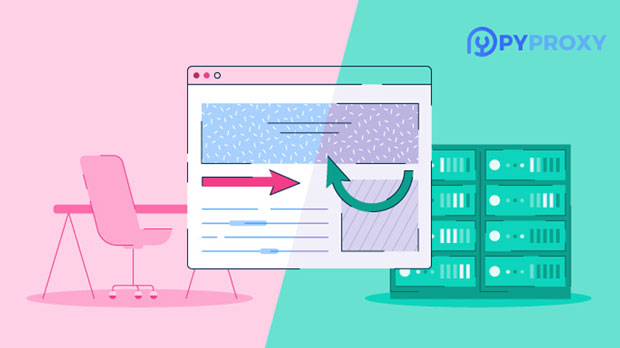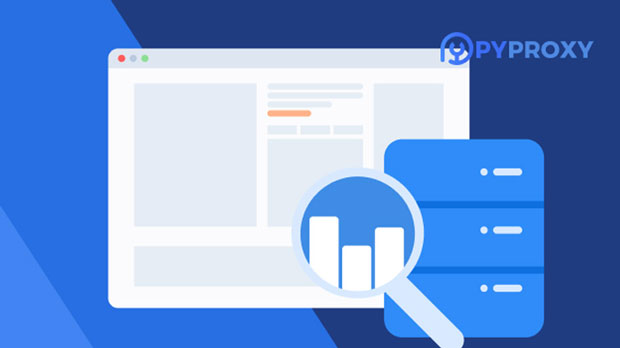In the rapidly evolving digital landscape, understanding the capabilities of proxy solutions is crucial for businesses and developers looking to enhance their web scraping, privacy, and automation efforts. Two popular proxy services, Proxyuim and PYPROXY, have emerged as top contenders in this space. A key factor that sets these solutions apart is their compatibility with mobile devices. With mobile usage on the rise, the ability to support a variety of mobile platforms is more important than ever. In this article, we will compare Proxyuim and Pyproxy to determine which one offers better support for mobile device platforms, examining their features, performance, and practical use cases for mobile-centric tasks. Introduction to Proxy SolutionsProxies play a pivotal role in modern internet operations, allowing users to mask their real IP addresses, access geo-restricted content, or conduct anonymous browsing. For mobile-centric applications, proxies are often used in situations like automating app tests, scraping mobile apps, or managing mobile advertising campaigns.Proxyuim and Pyproxy are proxy solutions designed to cater to such needs, but they differ in their support for mobile platforms. Proxyuim has been specifically designed with mobile users in mind, whereas Pyproxy, while versatile, may have a more general focus. This distinction is crucial when it comes to choosing the right solution for mobile-heavy tasks.Proxyuim: A Mobile-Focused SolutionProxyuim is tailored to provide enhanced support for mobile device platforms. This service offers several features that are particularly beneficial for mobile-centric tasks:1. Mobile Device Simulation: Proxyuim excels at simulating mobile devices for automated browsing, allowing users to test websites, apps, and advertising campaigns on various mobile devices. By providing IP addresses that resemble those of mobile users, it enhances the accuracy of mobile-targeted tasks.2. Global Mobile IP Rotation: Proxyuim offers a wide range of mobile IP addresses from various global locations. This is essential for businesses seeking to test geolocation-based content delivery or to perform region-specific actions on mobile platforms.3. Mobile Device Emulation: The proxy system allows users to replicate the behavior of specific mobile devices, ensuring that users experience exactly what a mobile user would in terms of browsing speed, connectivity, and limitations. This is especially useful for developers who need to ensure their apps or websites perform well on mobile devices.4. Customizable Device Profiles: Proxyuim allows users to select device profiles that mimic specific smartphone models and operating systems. Whether it's an Android device, iPhone, or a particular version of a mobile OS, Proxyuim ensures your proxy requests match the exact configuration required for your testing or scraping needs.5. Mobile Optimization: The service is optimized for mobile use cases, offering features that focus on mobile app testing, automation, and security. Users can be assured that their requests will seamlessly interact with mobile-specific content and servers, providing an authentic mobile browsing experience.Pyproxy: A Versatile Proxy Service with Limited Mobile FocusPyproxy is another proxy solution that offers a broad range of features for general web scraping and automation tasks. While Pyproxy provides support for mobile tasks, it does not specialize in mobile device simulation or optimization in the same way as Proxyuim. However, it still has some key features that make it a solid choice for mobile-related tasks:1. General Proxy Pool: Pyproxy provides access to a large pool of proxies, which can be used for a variety of tasks. While it includes some mobile IP addresses, the selection is more limited compared to Proxyuim. This may restrict its performance when used for mobile-specific purposes, such as automated app testing.2. Support for Mobile Headers: Pyproxy allows users to configure headers to resemble those sent by mobile devices. This feature can be useful for scraping mobile websites or automating tasks that require mobile headers, but it does not fully replicate the mobile browsing experience.3. Mobile-Friendly IP Rotation: Pyproxy’s IP rotation is effective for mobile-based tasks, though it does not provide the level of mobile-specific customization that Proxyuim offers. The IPs are primarily designed for general browsing, meaning that they might not always mimic mobile behavior with high accuracy.4. Automation and Flexibility: While Pyproxy does not offer as many mobile-targeted features as Proxyuim, it can be a flexible tool for users who are comfortable configuring their own mobile testing setups. With Pyproxy’s strong focus on automation and scriptability, developers can create customized mobile testing environments, though this requires more technical expertise.Key Differences in Mobile Device SupportWhen comparing Proxyuim and Pyproxy in terms of mobile device support, several factors come into play. These include the extent of mobile-specific features, ease of use, flexibility, and performance in real-world mobile scenarios. Here are the most notable differences:1. Device Emulation: Proxyuim shines in this area, offering precise mobile device emulation. Users can easily simulate devices from specific brands, OS versions, and geographic locations. Pyproxy, while capable of emulating mobile headers, lacks the advanced device simulation that Proxyuim provides.2. Global Reach for Mobile IPs: Proxyuim’s global mobile IP rotation ensures that users can access a wide variety of mobile networks from different regions. This is particularly beneficial for tasks like localized mobile scraping or geo-targeted app testing. Pyproxy does offer mobile IPs, but its global reach is not as extensive, and the IP pool is more general-purpose.3. Customization and Flexibility: Pyproxy excels in offering flexibility and customization, which can be valuable for advanced users who want to manually configure their own mobile testing setups. However, Proxyuim’s out-of-the-box mobile optimization provides a more seamless and user-friendly experience for users focused on mobile tasks.4. Ease of Use: Proxyuim is more user-friendly for those looking specifically for mobile support, thanks to its mobile-optimized features and device profiles. Pyproxy, while offering more flexibility, requires more setup and technical knowledge to achieve similar mobile capabilities.Which One Is Best for Mobile Device Support?When it comes to supporting mobile device platforms, Proxyuim is the clear winner. Its specialized mobile device simulation, global mobile IP pool, and ease of use make it the ideal choice for businesses and developers who need a solution optimized for mobile tasks. Whether you’re automating app testing, scraping mobile apps, or managing geo-targeted campaigns, Proxyuim offers tailored features that Pyproxy simply cannot match in the mobile domain.However, if you’re looking for a more versatile, general-purpose proxy solution with the flexibility to handle mobile tasks alongside other use cases, Pyproxy can still be a good option. It may not offer the same level of mobile device support, but it’s a solid choice for developers who are comfortable with configuring their own mobile setups.In conclusion, Proxyuim stands out for its mobile device support, making it the better option for those whose primary focus is mobile automation, testing, or scraping. Pyproxy, on the other hand, is better suited for users who require a more generalized proxy solution with the ability to handle mobile tasks when necessary.
Mar 20, 2025
![arrow]()




























































